10. Koi Fish: A Splash of Luxury
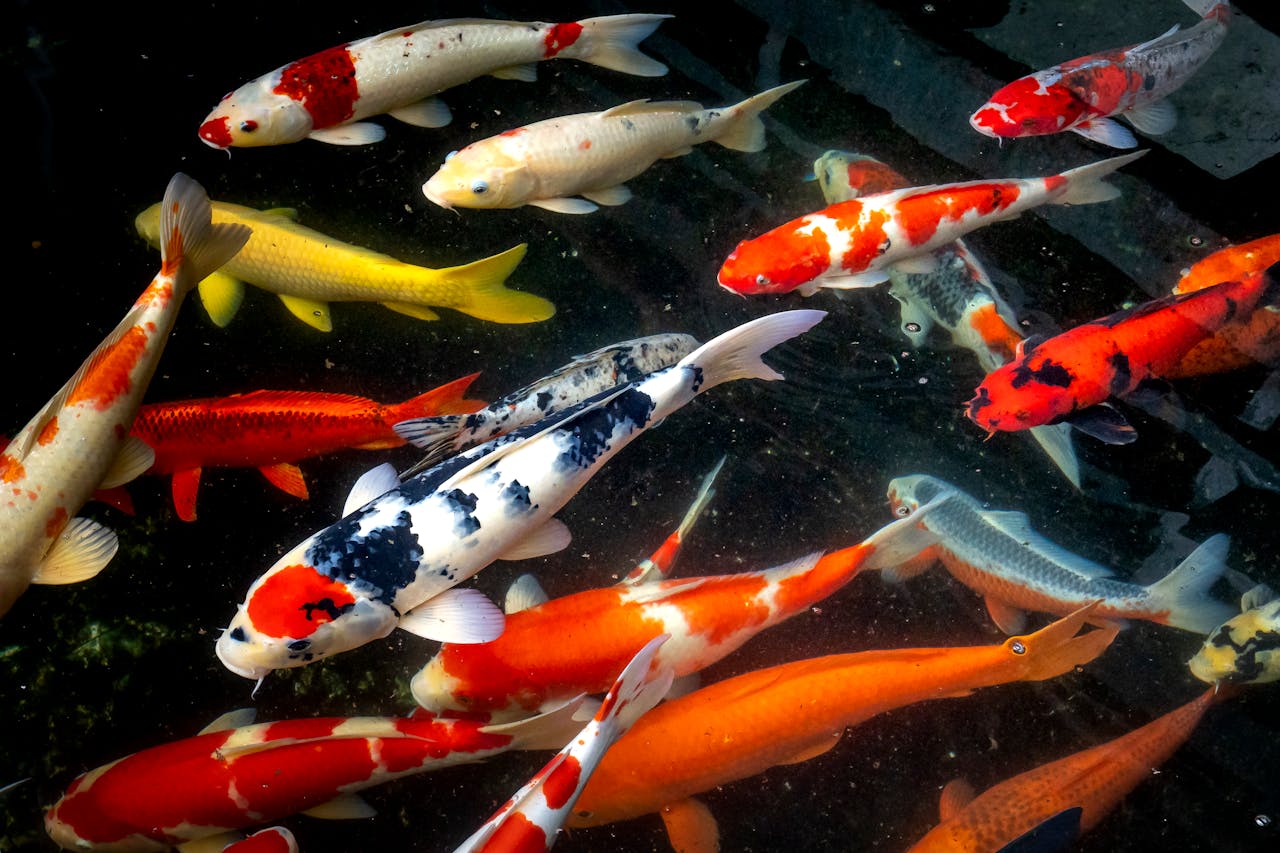
Owning a pond full of vibrant Koi fish may sound serene, but their price tag is anything but calming. A single prized Koi can cost upwards of $10,000, and the care expenses add up quickly, according to LawnLove. Maintaining a proper Koi pond means spending on water filtration systems, regular pond cleaning, and specialized Koi food. On top of that, heating the water to keep them comfortable during colder months can send your energy bills soaring. Let’s not forget potential vet visits for health issues, which require a specialist familiar with aquatic animals.
While koi fish are revered for their beauty and symbolism of prosperity, their upkeep is no small feat. High-quality Koi food and pond additives alone can set you back several thousand dollars a year. And if you want to participate in Koi competitions, there are additional grooming and travel costs. This is one luxury pet that demands both your wallet and your devotion.
9. Savannah Cat: A Designer Feline with a Wild Side
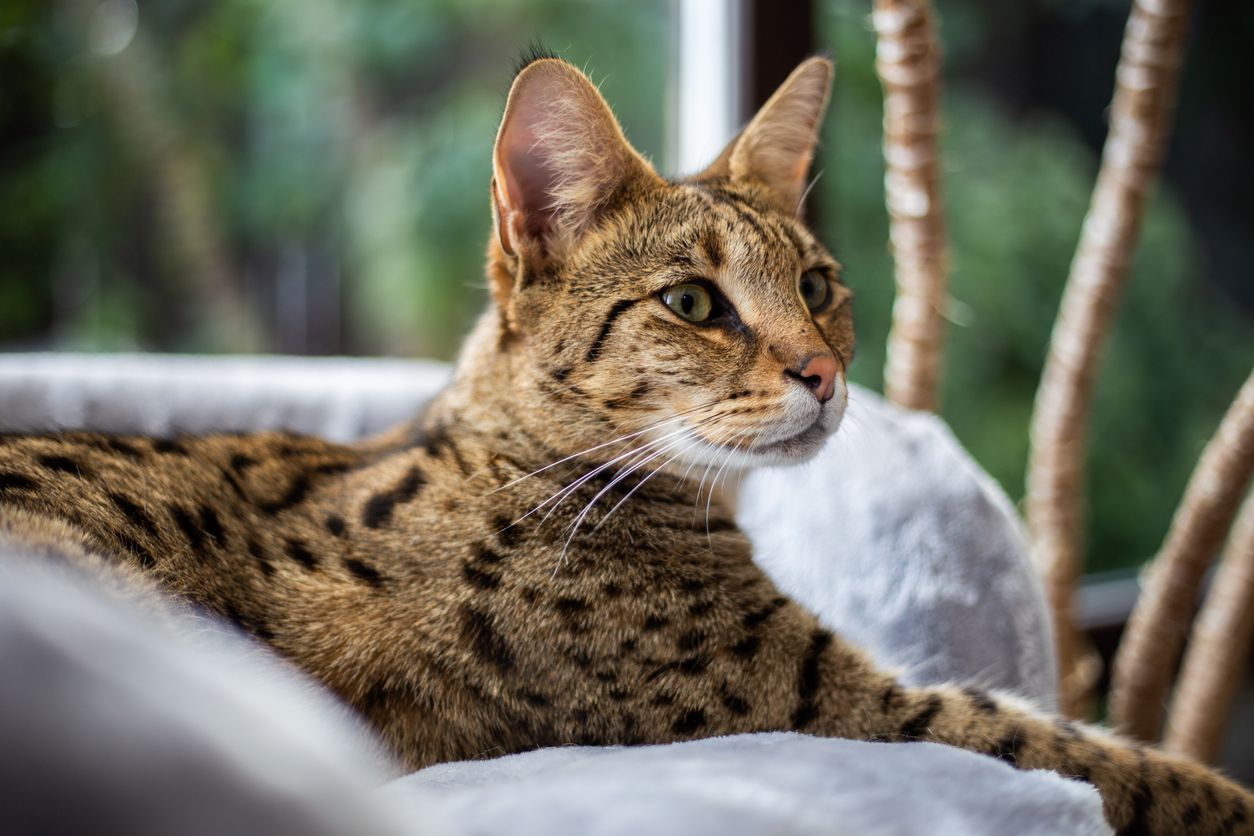
This exotic hybrid of a domestic cat and a serval is not your average house pet, according to Catster. Savannah cats can cost anywhere between $10,000 and $20,000 upfront, depending on their generation and markings. Their upkeep is just as high maintenance as their pedigree. They need a high-protein, raw meat diet to mimic their wild ancestors’ needs, which adds up fast. Add in veterinary care from an exotic animal specialist, and you’re looking at a significant annual expense.
These cats are known for their energy and intelligence, so you’ll need to invest in ample enrichment toys and a secure outdoor enclosure to keep them entertained and safe. They’re not content lounging around like other cats, which means you’ll also spend more time and money keeping up with their active lifestyles. Owning a Savannah cat is as much a lifestyle choice as it is a financial commitment.
8. Macaw: A Rainbow with Wings
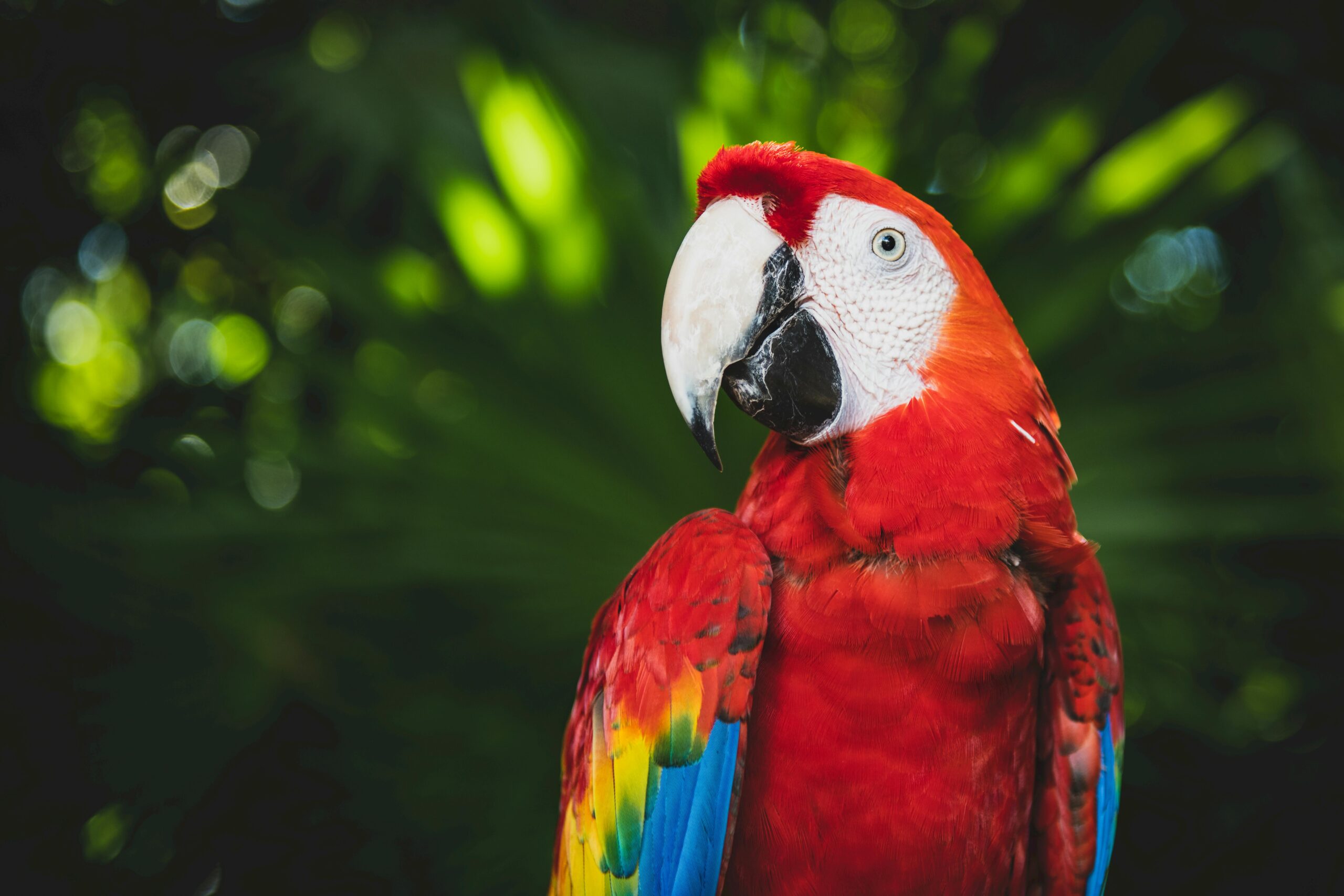
These stunning, colorful parrots can cost anywhere from $5,000 to $10,000 to purchase, but that’s just the beginning, according to Skystylus. Macaws require a large, high-quality cage, which can run into thousands of dollars. Their specialized diet includes fresh fruits, vegetables, nuts, and premium parrot pellets, making their grocery bill rival your own. And because these birds are highly social, they need constant stimulation, meaning a regular investment in toys and interactive activities.
Macaws can live for 50 years or more, so their long-term costs are no joke. Regular vet checkups and grooming, including beak and nail maintenance, add to the expenses. Some owners even opt for bird sitters or daycare services when they’re away, as macaws are prone to depression if left alone too long. They’re a breathtaking commitment—financially and emotionally.
7. Horse: The Ultimate Equine Investment
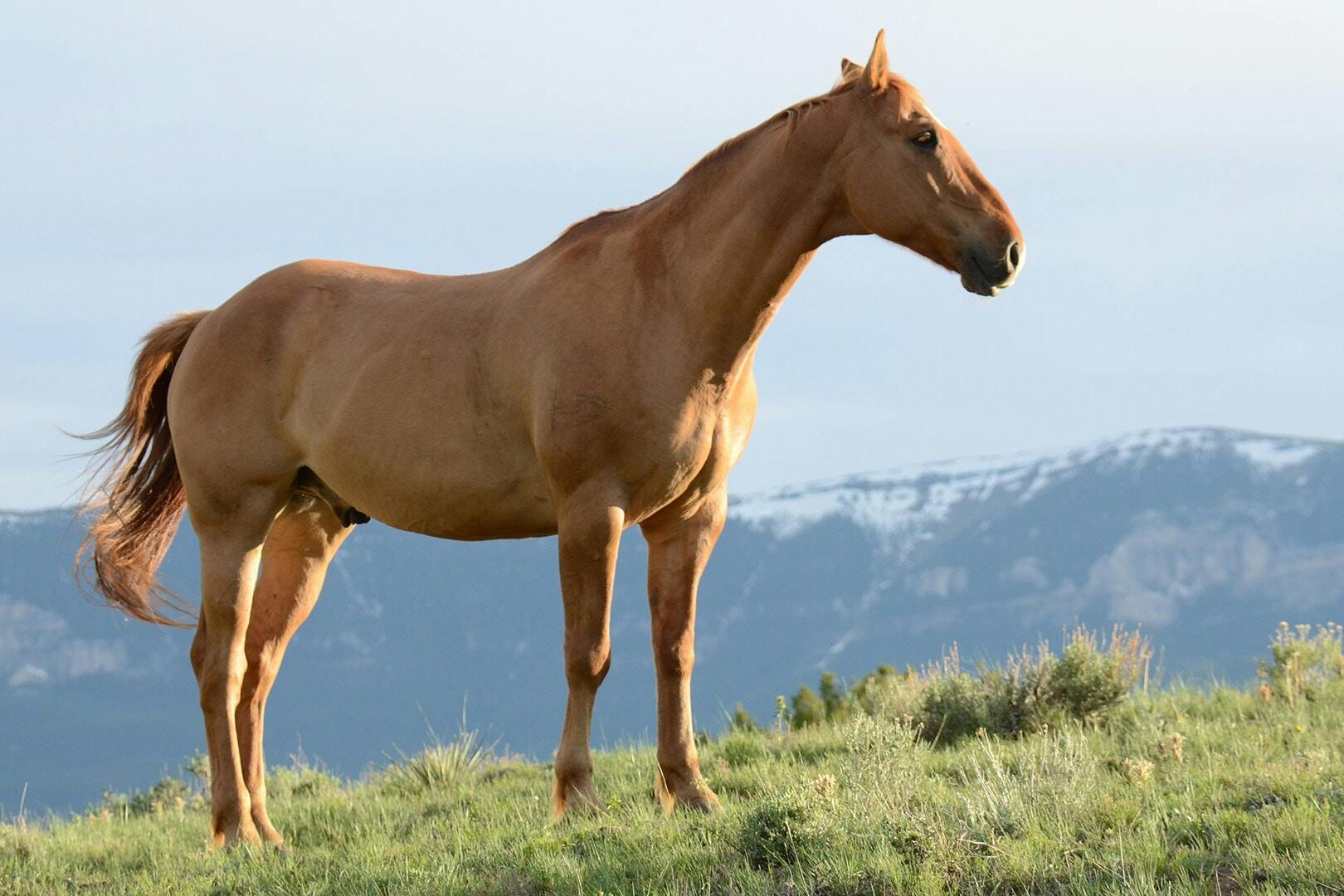
Horses are often a symbol of luxury, and owning one lives up to the reputation. Purchasing a horse can cost anywhere from $5,000 to millions, depending on the breed and purpose. Beyond that, boarding fees can range from $3,000 to $10,000 annually. Tack, equipment, and grooming supplies are another major expense. Plus, horses require regular visits from farriers and equine veterinarians for hoof care and vaccinations.
Training and riding lessons are often a necessity, adding to the costs. If you’re competing, factor in transportation, entry fees, and specialized gear. According to CareCredit, horses also require a significant time commitment, which often translates into hiring professional caregivers. All in all, owning a horse is a serious financial undertaking.
6. Arowana Fish: A Living Dragon
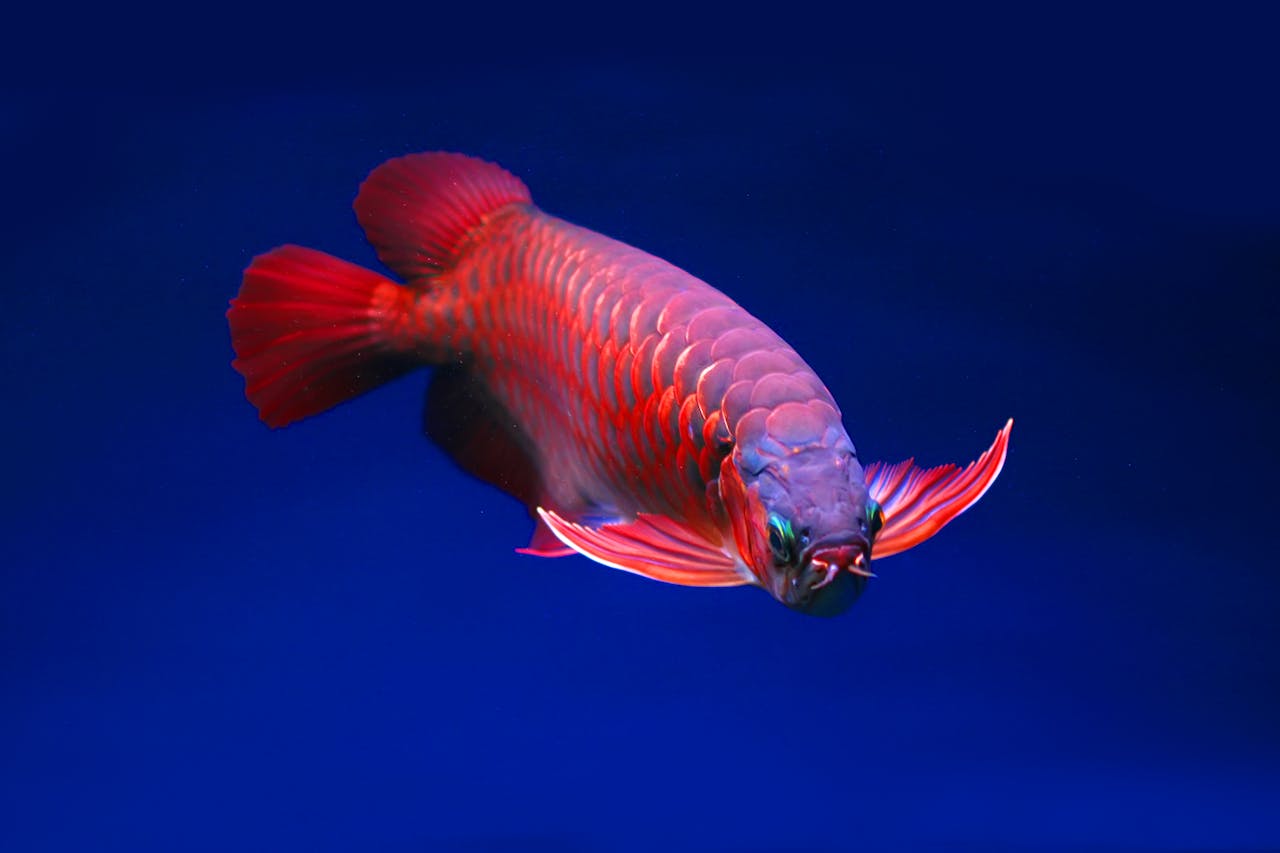
Known as the “dragon fish,” arowanas are prized in Asian cultures for their beauty and symbolism of wealth. Some varieties, like the Platinum Arowana, can sell for as much as $300,000. They require large, specialized tanks with advanced filtration systems to thrive, which can cost thousands of dollars to set up and maintain. Their diet of live food, such as shrimp and smaller fish, is another hefty recurring expense.
Arowanas are also high-maintenance in terms of water quality. Regular water testing, cleaning, and temperature regulation are essential to keep these delicate fish healthy, according to PetMD. And if they fall ill, finding a veterinarian who specializes in fish can be both challenging and expensive. Owning an arowana is like having a piece of living art that demands constant care—and cash flow.
5. Tibetan Mastiff: The Fluffy Giant
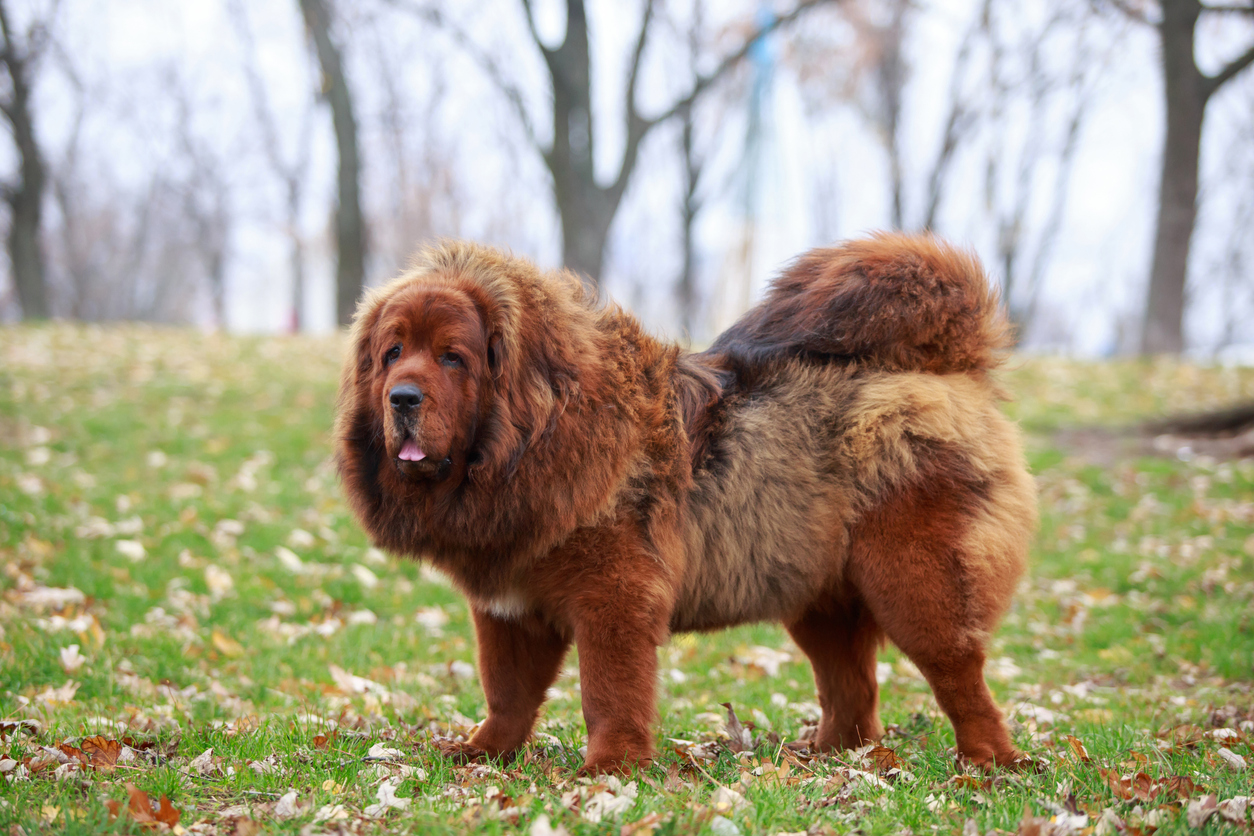
The Tibetan Mastiff is one of the most expensive dog breeds in the world, with some individuals selling for millions. These giant, lion-like dogs require a specialized diet and ample grooming, which can cost thousands annually. Their sheer size means they consume a lot of food, and they need regular vet checkups and vaccinations according to Dogster. Additionally, many owners opt for professional training to manage their strong-willed personalities.
If you’re housing a Tibetan mastiff, you’ll need a secure, spacious yard—possibly with reinforced fencing, given their strength and determination. Grooming expenses alone can run into hundreds of dollars monthly, thanks to their dense, luxurious coats. Owning one is a statement of wealth, but it’s also a commitment to top-tier care.
4. Palm Cockatoo: A Rare Beauty
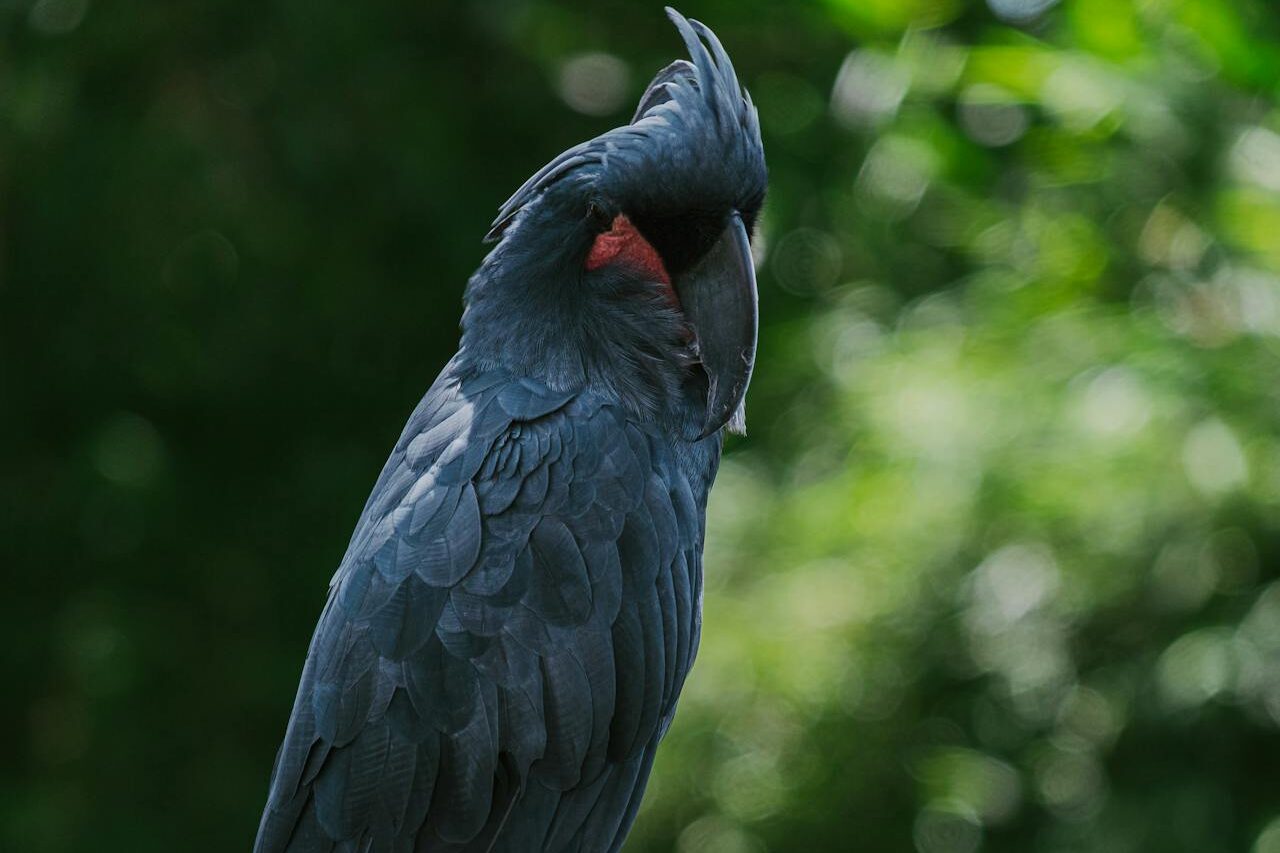
These majestic black parrots with striking red cheeks are among the most expensive birds to own. They can cost up to $20,000 to purchase, and their specialized diet of nuts, fruits, and seeds is expensive. They also require a large aviary with plenty of space to stretch their wings, adding to the initial investment. Palm cockatoos are highly intelligent and demand constant mental stimulation, which means a steady flow of new toys and activities.
These parrots are prone to stress and behavioral issues if not given enough attention, often necessitating expert trainers or behaviorists, according to Cockatoo Info. With a lifespan of 40 to 60 years, they’re a long-term financial commitment. Owning one isn’t just about the money—it’s about dedicating decades to their care.
3. White Lion Cubs: Exotic Royalty

White lions are among the rarest and most exotic animals in the world. Owning a white lion cub can cost upwards of $140,000, but their upkeep is where the true expense lies. They require specialized enclosures, often resembling small-scale wildlife sanctuaries, which can cost hundreds of thousands of dollars to build and maintain. Their diet of raw meat is both expensive and labor-intensive to source.
As apex predators, they also need expert veterinary care and regular health monitoring. Many countries have stringent regulations about keeping exotic animals, so legal fees and permits add to the cost. Owning a white lion isn’t just about wealth—it’s about navigating complex logistical and ethical challenges.
2. Panda: The Conservation Icon
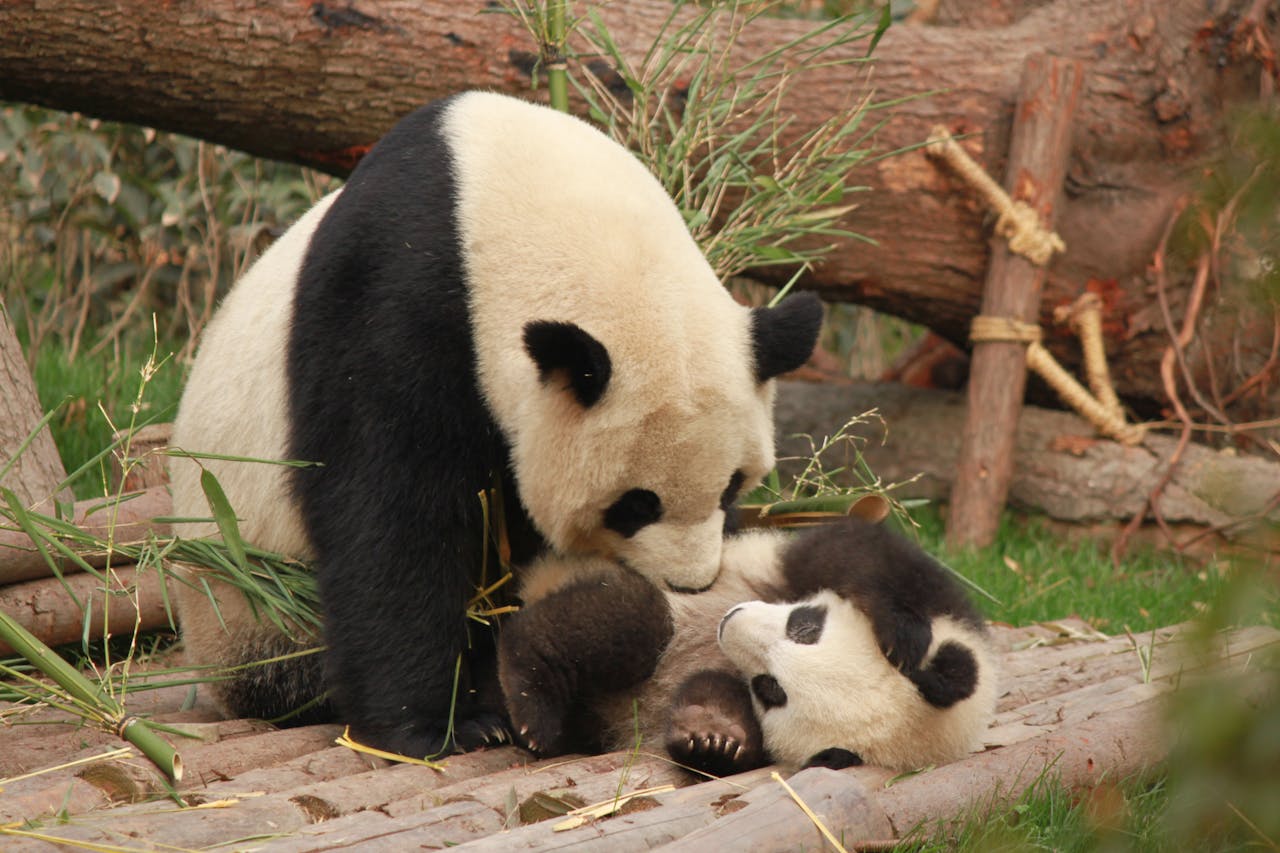
Pandas are not exactly “owned” in the traditional sense, but zoos and institutions that house them pay a staggering price. China leases pandas for $1 million annually, and the costs of maintaining their habitat add another layer of expense, according to Forbes. Their diet consists almost entirely of bamboo, which requires daily sourcing in massive quantities.
Pandas also need a climate-controlled environment to mimic their natural habitat, which racks up energy costs. Veterinary care is specialized, with many institutions employing Panda-specific teams. While they are a global symbol of conservation, the financial burden of keeping pandas is enormous.
1. Arabian Horse: The Pinnacle of Prestige
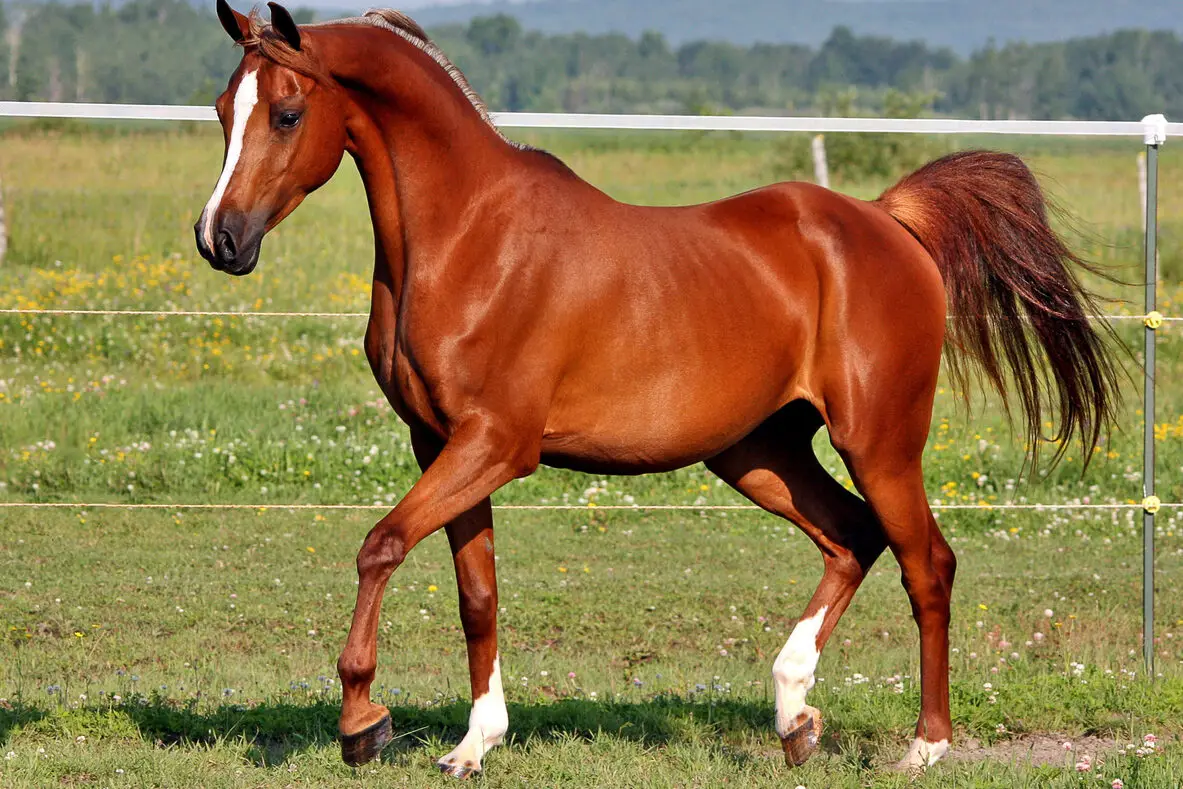
The Arabian horse tops the list for its blend of elegance, history, and astronomical costs. According to HorseOnly, these horses can sell for millions, especially if they come from prized bloodlines. Boarding, grooming, and veterinary care for an Arabian are top-tier, often exceeding $50,000 annually. Their diet is highly specialized, requiring premium-quality feed and supplements.
Training and competing with an Arabian horse take the financial commitment to another level, involving professional trainers, travel, and entry fees for prestigious competitions. Their beauty and performance make them the crown jewel of equine ownership—but only for those who can afford the luxury. Owning an Arabian horse is the ultimate expression of status and dedication.


